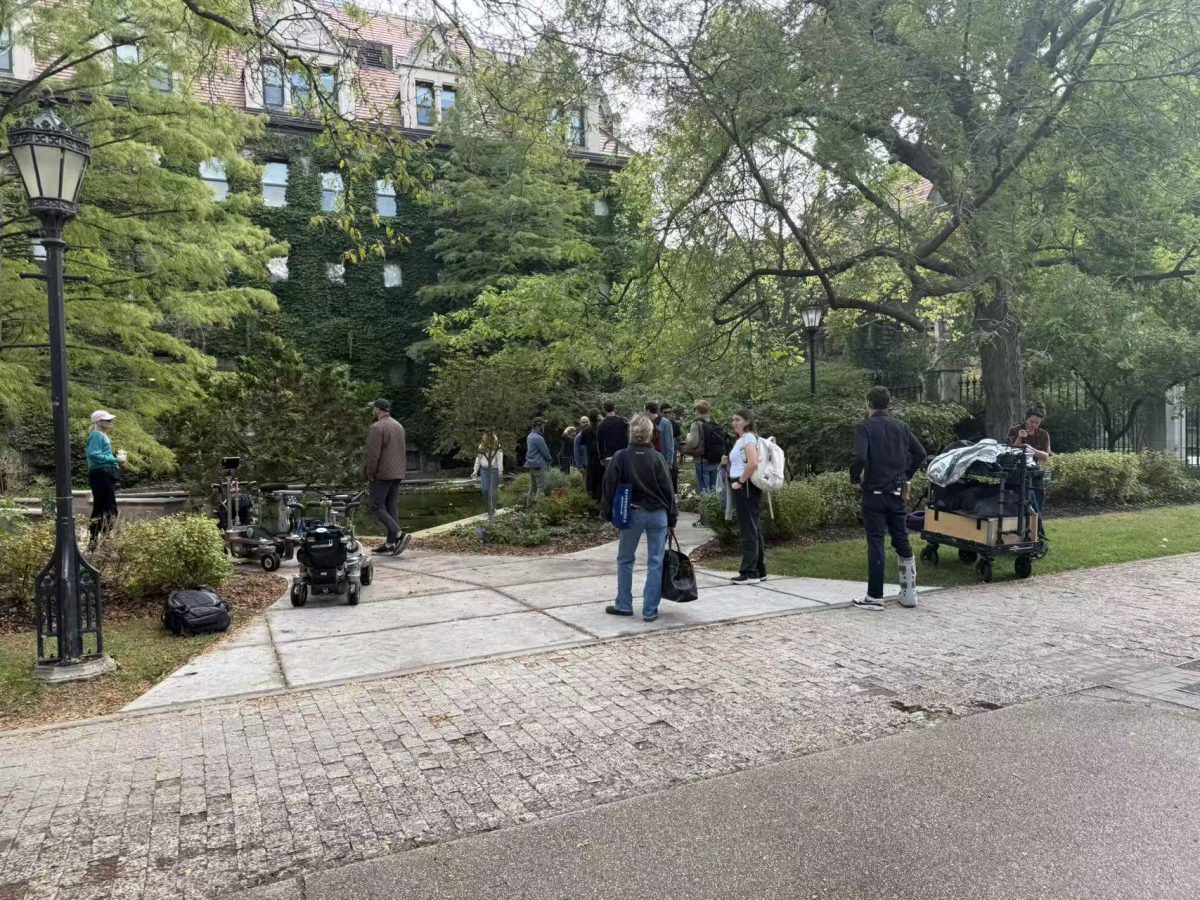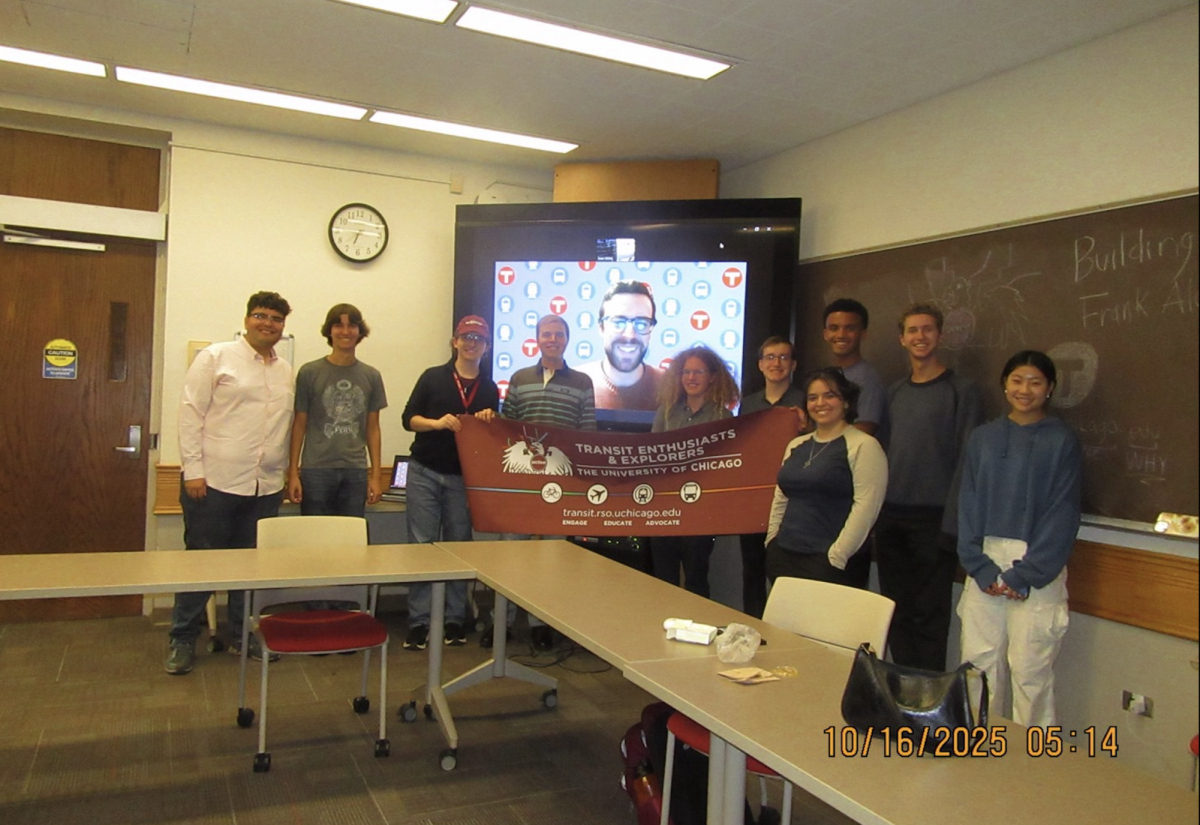[img id=”77367″ align=”alignleft”] The hamburgers at the dining hall probably contribute more to global warming than the trucks that deliver them.
While you may remember when the greenhouse gas debate turned to food production, you might not recall that one of the seminal studies of livestock farming methods—the one that calculated that eating 20 percent less meat is equivalent to switching from an SUV to a sedan—came out of the University of Chicago in 2006.
Pamela A. Martin, an assistant professor who coauthored the study, is actually a geophysicist by profession, but an interest in climate changes in the past drove her to study the present one.
Since she’s already tackled the largest share of U.S. agriculture—monocropping, like the huge fields of Midwest corn—Martin now has her sights on another potentially revolutionary topic in the field. It turns out that for all the praise environmentalists have sung about locally grown food, no one has actually done a study that proves local food is more efficient.
To test this theory, Martin is running a three-quarter-long class devoted to food and energy research, specializing in small-scale, diversified farms.
What are the numbers for small farms? Are they more efficient? If not, where can they improve? And if they are more efficient, then could we grow produce for all of Chicago in the surrounding fields? These are Martin’s questions.
This summer, many of the students in the class will intern with farmers Martin recruited at local farmers’ markets who were interested in seeing how efficient their farms were. The students will not only help out at the farms, but also record the energy input and output for one growing season: fertilizer and seed, total labor hours spent, who works where, and the amount of the final harvest.
Back in class, the students will compare the input and outputs to determine the bottom line—whether the farm produced more energy than it used.
Martin’s goal is to provide more hard data in a field with more questions and opinions than answers. It will be useful for Chicago, but also the nation, to consider in its energy policy, she said.
“Agriculture doesn’t want to be left out of the global warming solution. They want to be a carbon sink,” Martin said.
“But my fear is that they won’t look at the whole balance sheet: They won’t look at the nitrogen, methane, nitrous oxide coming out of their farms. If agriculture wants to be a part of this, there has to be a system to account for all the factors that people don’t always think about.”
Martin and the class visited one small-scale local farm, 70 miles south of Chicago, near Kankakee and run by Vicki Westerhoff.
“It was amazing to go out there in the winter,” Martin said. “They have big passive greenhouses there, unheated, and she had lettuce growing that was just beautiful. And here it’s zero degrees out.”
The greenhouses inspired Jessica Graves, a first-year in the class, to start her own project. “I’d like to figure out how to best use greenhouses and artificial lighting, so you can grow tomatoes and other things even in the winter,” Graves said. She’s spending the summer at a farm in New York, gathering data on their greenhouse use. “It’s a great practical class, as opposed to theory all the time.”
Esther Bowen, a geophysical sciences graduate student who T.A.s for the class, pointed out that the data the students are gathering from across the U.S. will be useful for more than energy studies. They also provide a look at social impact, quantifying labor and jobs for a local community, she said, a valuable tool for the growing movement that tries to link environmental sustainability with economic growth.
Martin agreed, citing local food programs like Growing Home, a Chicago non-profit, which provides job training for homeless and low-income individuals on their organic farm.
Martin has incorporated the findings of her studies into her daily life. Martin described herself as “kind of” of a vegetarian: “I do eat sardines, because they’re energetically efficient.” It turns out that although many fish can be as bad or worse than red meat, coastal fish are the exception. “You practically scoop them up. And they’re distributed in cans, so you don’t have to keep them refrigerated,” she said. She limits her cheese and egg consumption because they’re energetically costly, too, but she does indulge in the occasional M&M.








